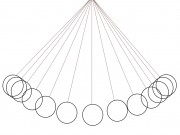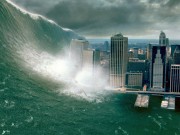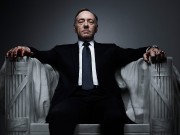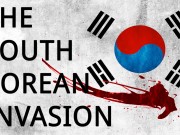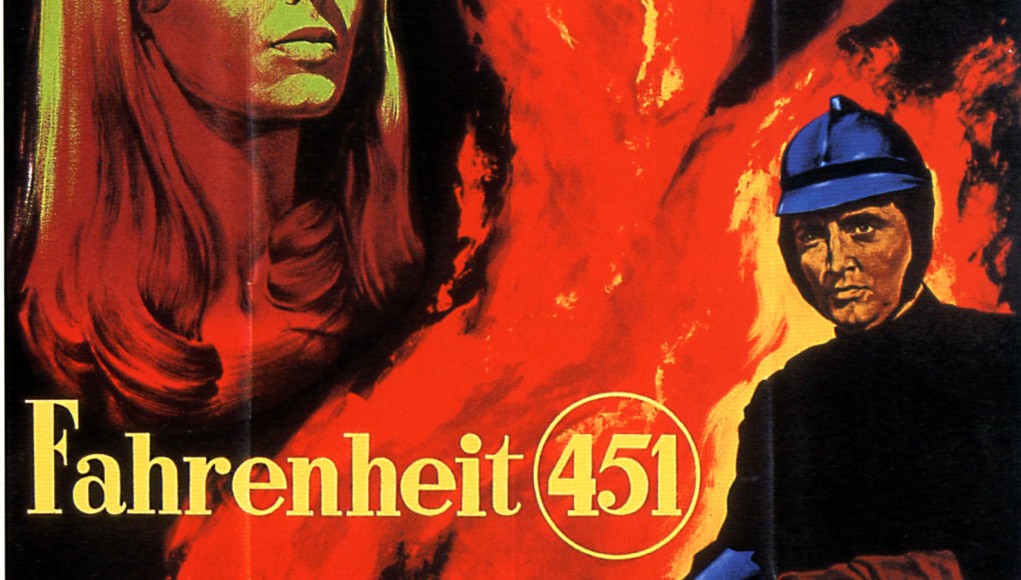In the 21st Century we are often given film adaptations of novels with well-known directors, it is something we are very used to. When you tag François Truffaut (the godfather of French New Wave) to direct the famous Ray Bradbury novel Fahrenheit 451, you are bound to get a stylistic rendition from an auteur who must adapt the genius of a central figure in speculative fiction. From the opening credits (which are spoken, not written) there is no doubt that Fahrenheit 451 is no longer an adaptation of Bradbury’s book, but a film created by a master auteur.
Guy He returns home to find his wife, Linda lying on the floor from overdosing on pills. An emergency team arrives to replace Linda’s blood. The next morning, Montag finds Linda much perkier than before.
During a raid of an elderly woman’s home, Montag picks up and read a brief line in a book and hides it. Montag is captivated by the book when he reads it at home, and begins to procure a collection of books which he hides. His fire station is tipped off that Montag has been hiding books and his house is raided and Montag narrowly escapes society to find a group who read and memorize books to prevent their extinction.
There is no doubt that Truffaut is highly inspired by Hitchcock, as we are provided with dream-like sequences that take from Vertigo and Spellbound. This is no coincidence as Truffaut released a book that captured his interviews and discussions with Hitchcock in Hitchcock/Truffaut. The score is also by Hitchcock staple composer, Bernard Herrmann, who provides sweeping orchestrations that match the atmosphere of the dystopian American future.
Montag’s flee from society directly mirrors Antoine’s escape in The 400 Blows. Fahrenheit 451 should not be one’s first first Truffaut film, rather third after The 400 Blows and Jules et Jim. My reasoning in this is that his pivotal French New Wave film, The 400 Blows sets up Truffaut’s sociological angle, Jules et Jim displays his knowledge of cinema’s growing list of cinematic devices, and Fahrenheit 451 mends the two with his growth from studying Hitchcock’s genius.
Fahrenheit 451 may in fact be Truffaut’s most accessible film for one who has no experience in French New Wave films, and the influence on Wes Anderson is apparent in the shots, camera movement and dialogue. The disenchanting atmosphere and the obvious auteur style of Truffaut may disconnect most viewers, but for those who choose to push through this film will find themselves mesmerized with the self-reflexive nature and engaging themes.


